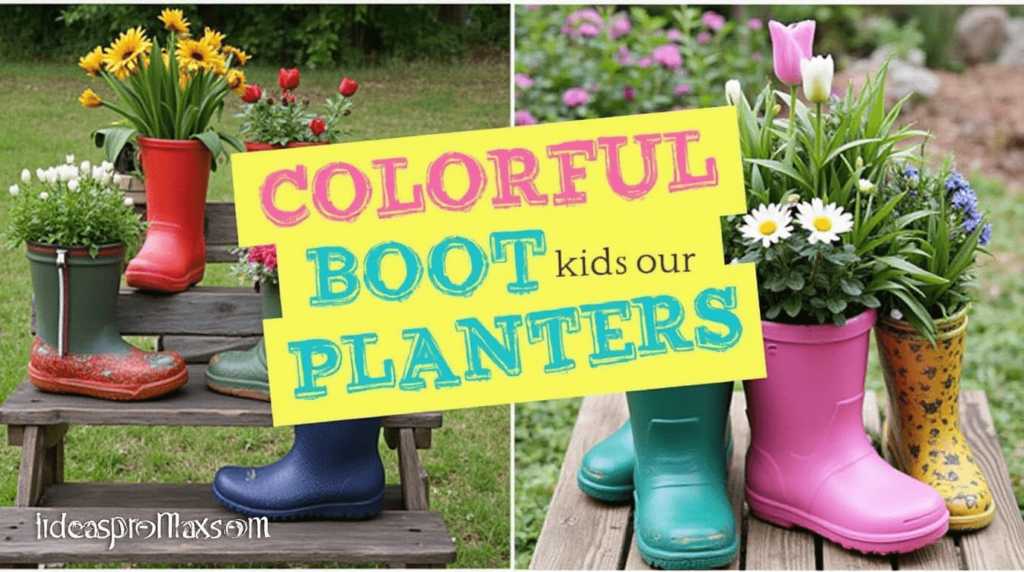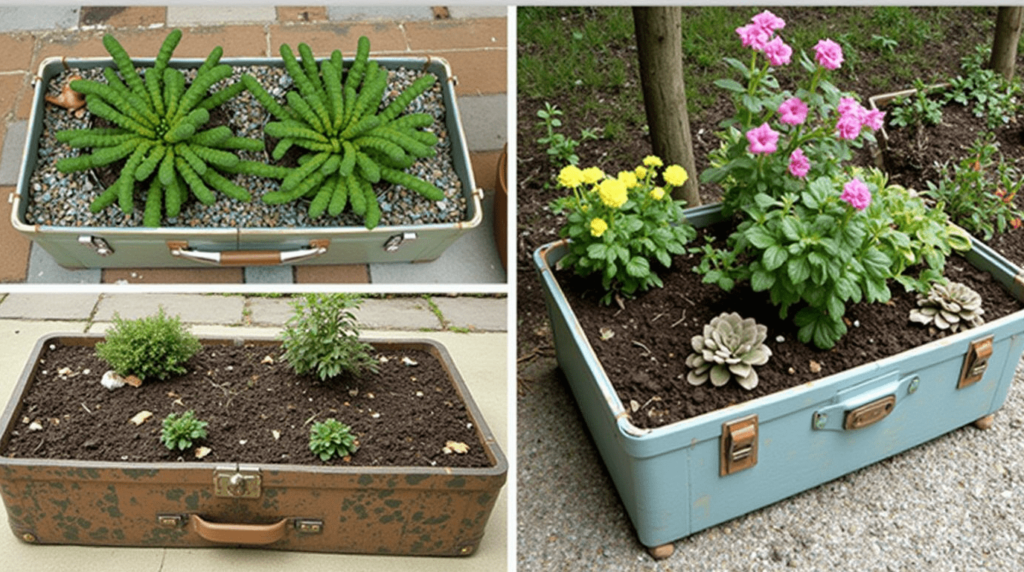Have you ever looked at an old teapot gathering dust in your cupboard and imagined it having a second life? Creating a teapot fountain might be the perfect weekend project for you! Transforming an old teapot into a gentle flowing fountain adds a whimsical touch to any garden space while repurposing items that might otherwise be discarded. This DIY water feature combines vintage charm with the soothing sounds of flowing water, creating a focal point that will delight visitors and provide a peaceful atmosphere.
Why Teapot Fountains Are Trending in Garden Design
Upcycled garden features are increasingly popular as homeowners seek sustainable and unique ways to personalize outdoor spaces. Teapot fountains stand out in this trend for several compelling reasons:
- Sustainable gardening: Repurposing old kitchenware reduces waste while creating something beautiful
- Nostalgic appeal: Vintage teapots evoke charming memories and add character to modern landscapes
- Water benefits: The gentle sound of flowing water creates a meditative atmosphere
- Customizable design: Each teapot fountain becomes a one-of-a-kind garden feature reflecting personal style
According to recent gardening surveys, 78% of home gardeners are incorporating at least one upcycled element in their outdoor spaces, with water features being among the most desired additions.
Materials You’ll Need for Your Teapot Fountain
Before diving into this project, gather these essential supplies:
| Essential Items | Optional Enhancements | Tools Required |
|---|---|---|
| Ceramic teapot | Decorative cups/saucers | Drill with diamond-tipped bit |
| Submersible water pump (40-70 GPH) | Water-safe paint | Silicone sealant |
| Watertight container/basin | Solar pump (for cord-free option) | Scissors |
| Plastic tubing | Decorative rocks | Pliers |
| Waterproof adhesive | Aquatic plants | Level |
| Outdoor electrical access | Fairy lights | Safety glasses |
“The most beautiful gardens combine the unexpected with the familiar. A teapot fountain captures this perfectly – transforming the ordinary into something magical.” – Garden Design Magazine
Step-by-Step Guide to Building Your Teapot Fountain
1. Selecting and Preparing Your Teapot
Choose a teapot with character that complements your garden aesthetic. Ceramic, porcelain, or metal teapots work best, but each requires specific preparation:
- Ceramic/Porcelain: Check for hairline cracks that might leak; clean thoroughly with mild soap
- Metal: Ensure no rust is present; consider sealing interior with waterproof sealant
- Vintage finds: Test for water-tightness before proceeding
Create a water flow path by carefully drilling a hole in the bottom of the teapot for the pump tubing. If using a teapot with an intact spout, you’ll need to ensure water can flow freely through it.
2. Setting Up the Water Circulation System
The heart of your teapot fountain is its recirculating water system:
- Position your water pump in the basin, ensuring it’s fully submerged
- Connect appropriate tubing from the pump to the bottom of your teapot
- Arrange the teapot so water will flow naturally from the spout back into the basin
- Test the water flow before finalizing the design, adjusting pump speed as needed
Pro tip: For a more dramatic effect, position your teapot at varying heights using bricks or stones to create a cascading water effect.
3. Creative Display Options for Maximum Impact
How you display your teapot fountain determines its overall aesthetic appeal:
- Classic style: Position the teapot on a pedestal above a decorative basin
- Teacup cascade: Arrange teacups and saucers below the spout to create multiple water levels
- Embedded design: Partially bury the basin in the garden with the teapot appearing to emerge from surrounding plants
- Zen arrangement: Surround the fountain with smooth river stones and minimal plantings
For garden enthusiasts looking for additional upcycling projects, tire planters offer another excellent option. Paint old tires in bright colors and stack them for tiered planters that can surround your teapot fountain, creating a cohesive repurposed garden theme.
4. Maintenance Tips for Long-Lasting Enjoyment
Keep your teapot fountain flowing beautifully with these maintenance practices:
- Clean the pump filter monthly to prevent clogging
- Add a drop of bleach to the water weekly to prevent algae growth
- During freezing weather, bring the fountain indoors or disconnect and drain the system
- Check connections seasonally to ensure everything remains watertight
Seasonal Variations to Keep Your Fountain Fresh
Your teapot fountain can evolve throughout the year with these seasonal adaptations:
Spring: Surround with colorful annuals and floating flower petals in the basin Summer: Add floating miniature water lilies and increase water flow for cooling effects Fall: Incorporate autumn leaves and berries around the base Winter: (If kept outdoors) Transform into a bird-feeding station or bring indoors as a tabletop feature
Common Challenges and Simple Solutions
| Problem | Solution |
|---|---|
| Weak water flow | Clean pump filter; check for tubing kinks |
| Water discoloration | Change water weekly; add small amount of fountain cleaner |
| Pump noise | Place pump on rubber mat; ensure fully submerged |
| Splashing | Adjust pump speed; reposition teapot angle |
Creating a teapot fountain combines crafting satisfaction with garden enhancement. This gentle flowing water feature adds both visual interest and soothing sounds to your outdoor space while giving new purpose to cherished kitchenware.
Have you created a teapot fountain or other upcycled garden feature? Share your experience in the comments below! For more repurposing projects, check out our guide on creating fairy gardens from broken pottery or building herb spirals from reclaimed materials.


